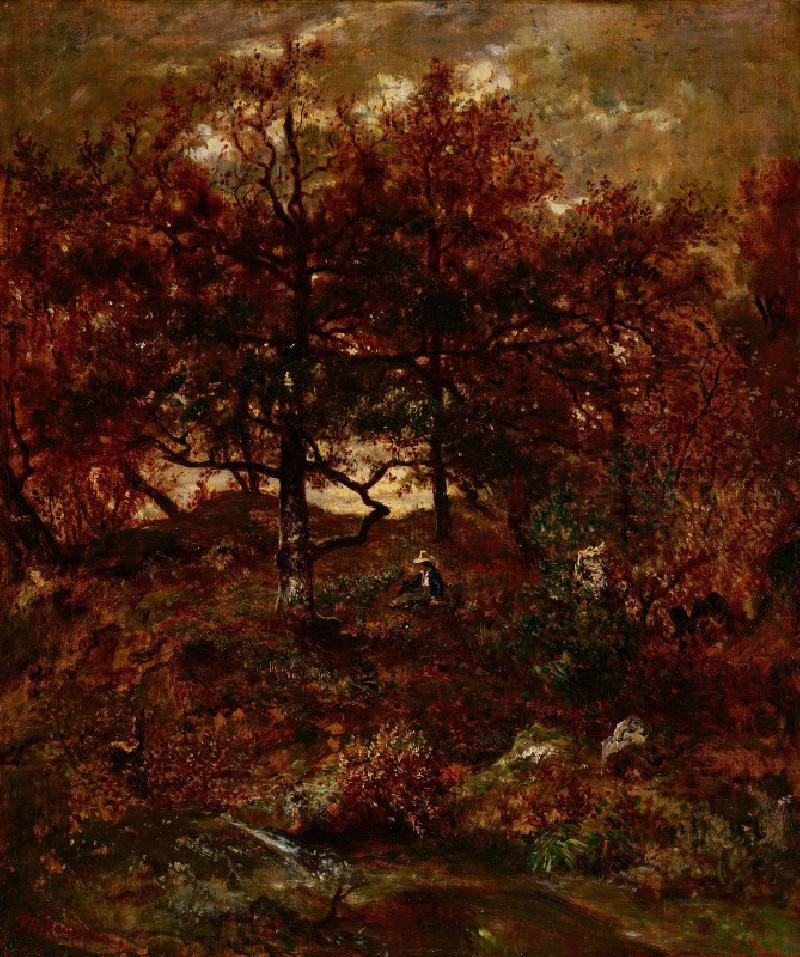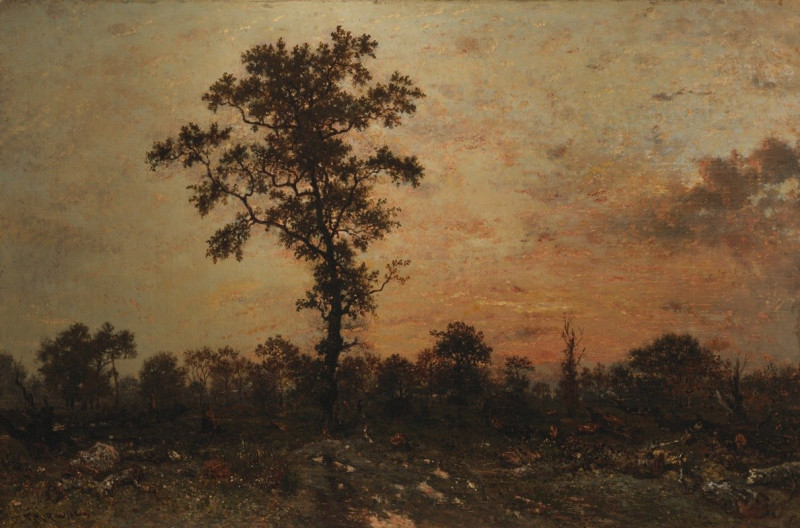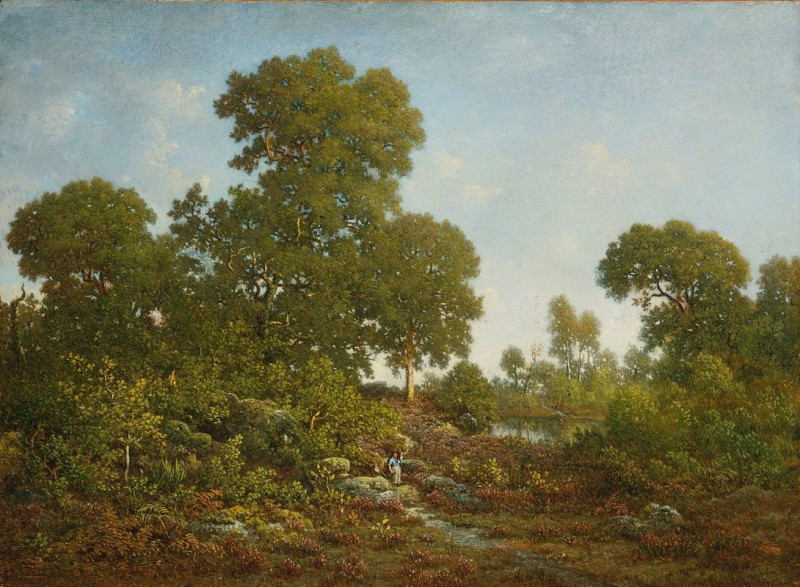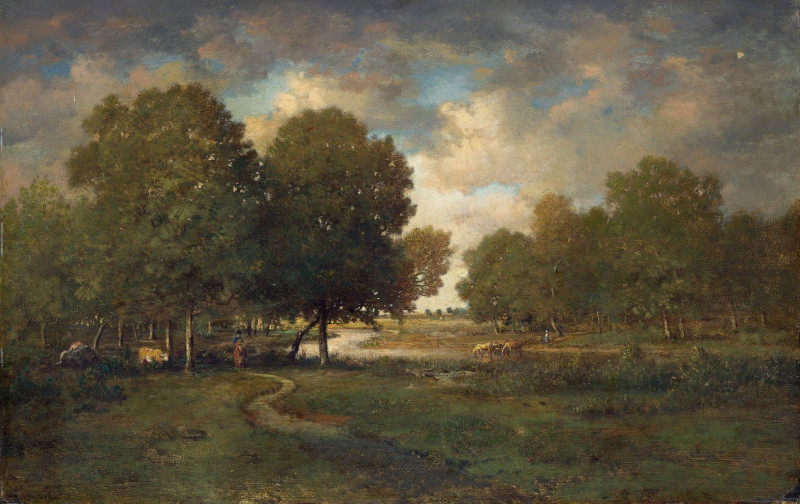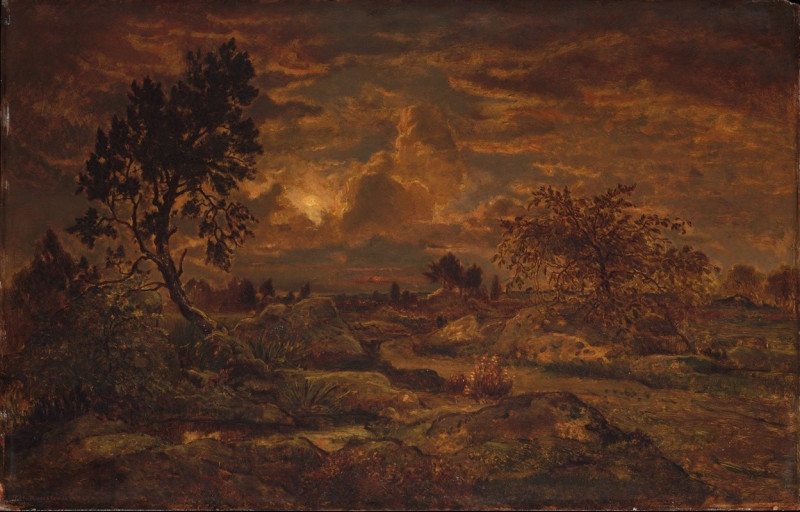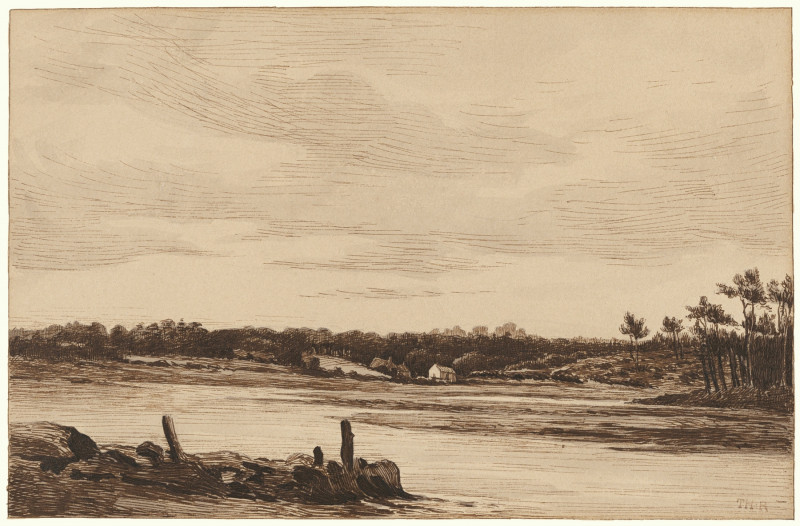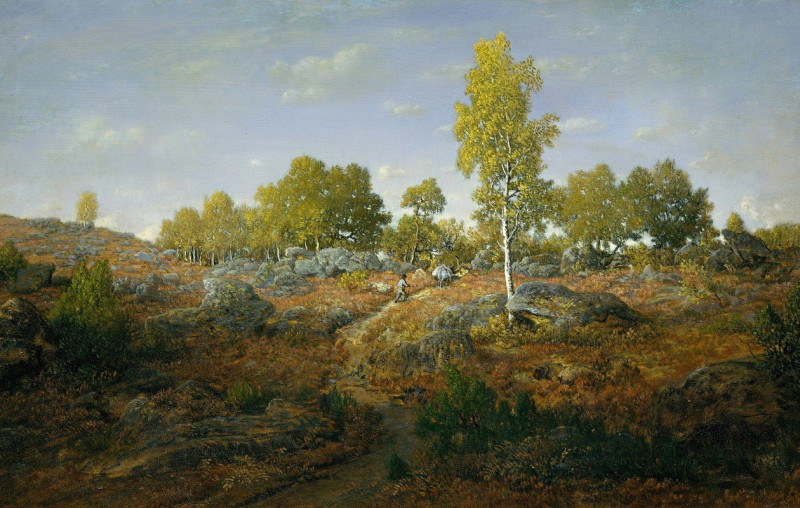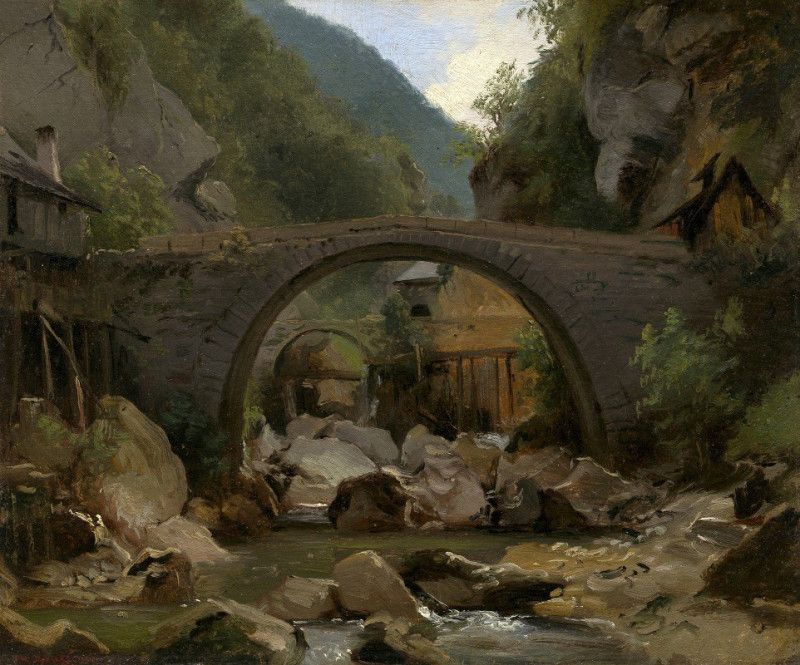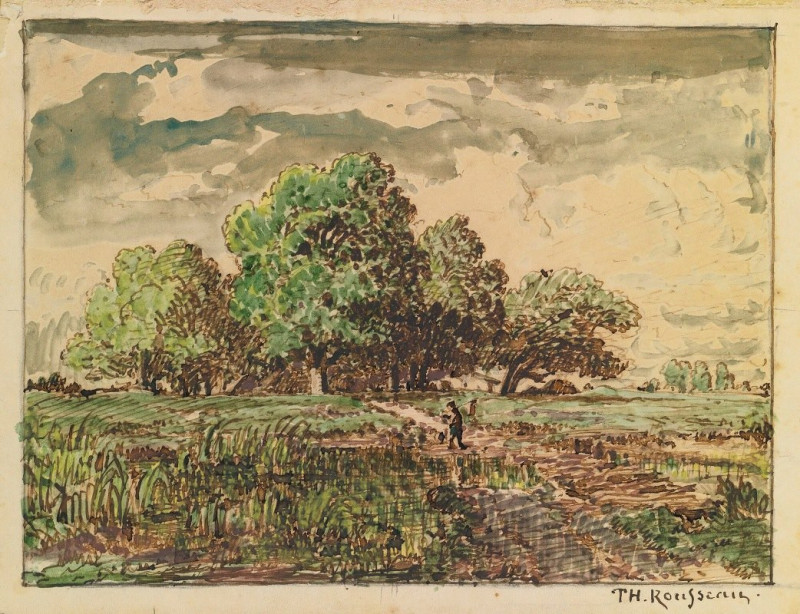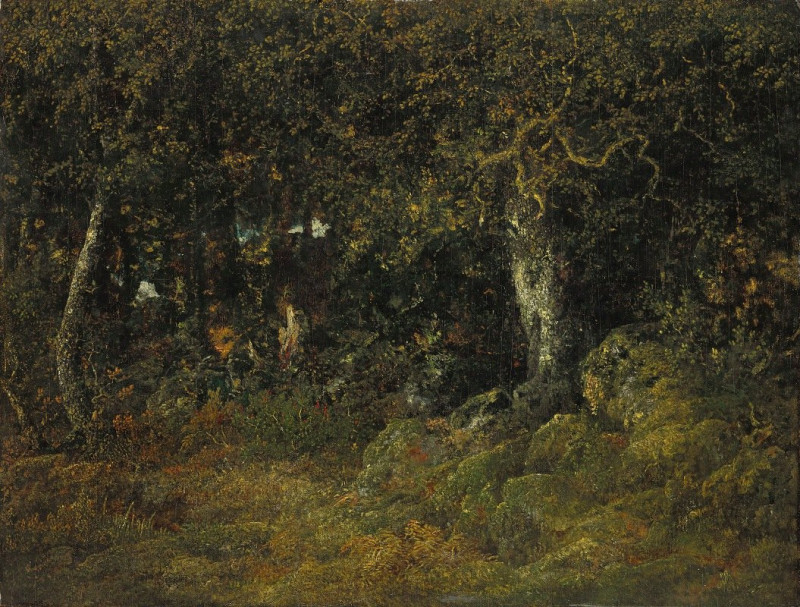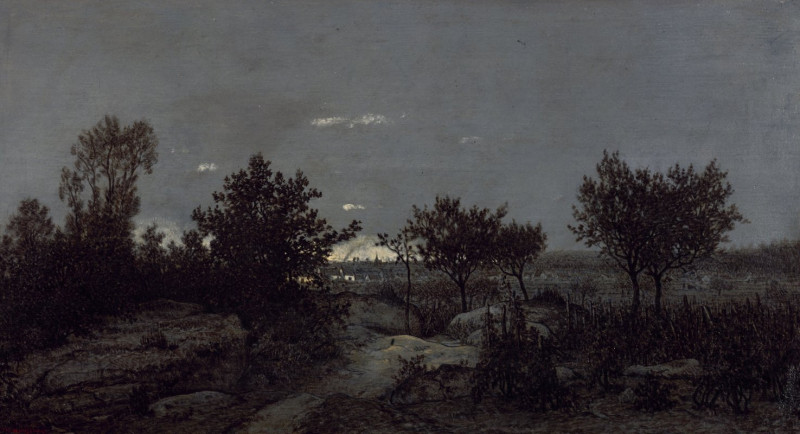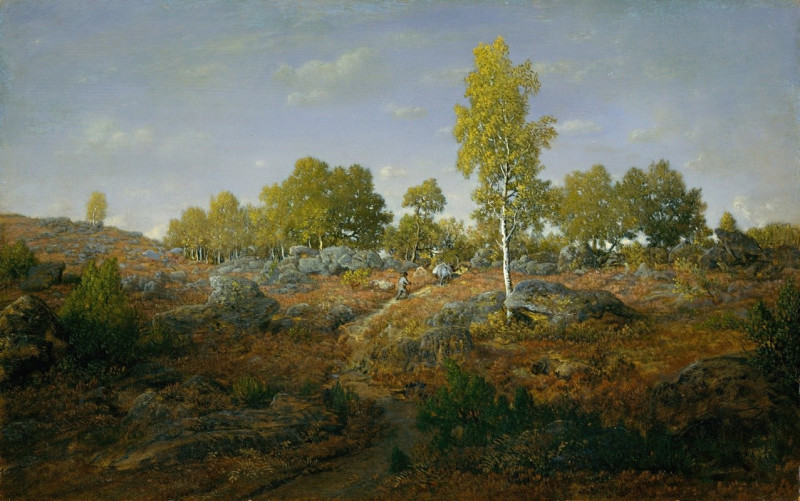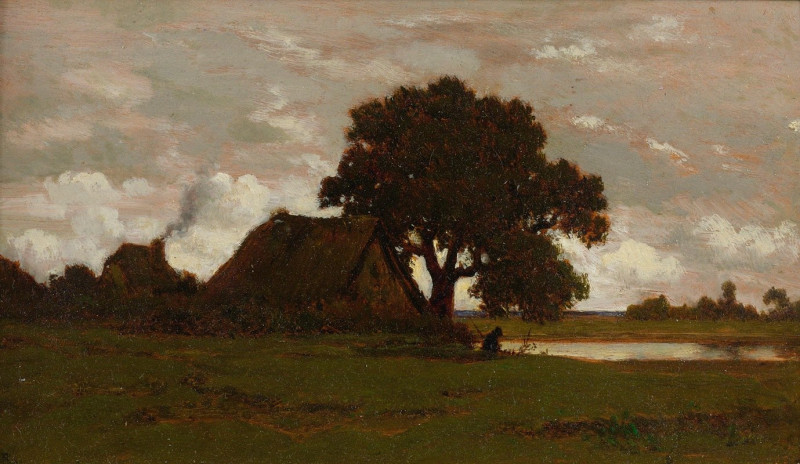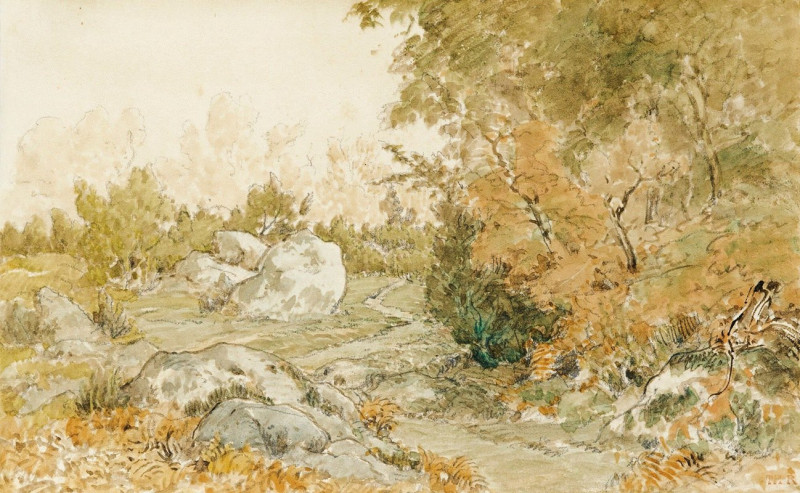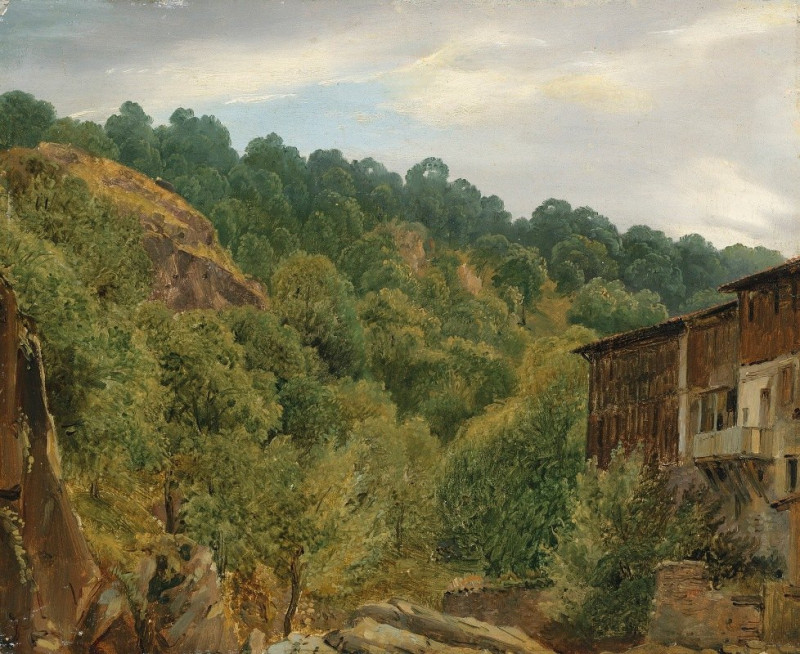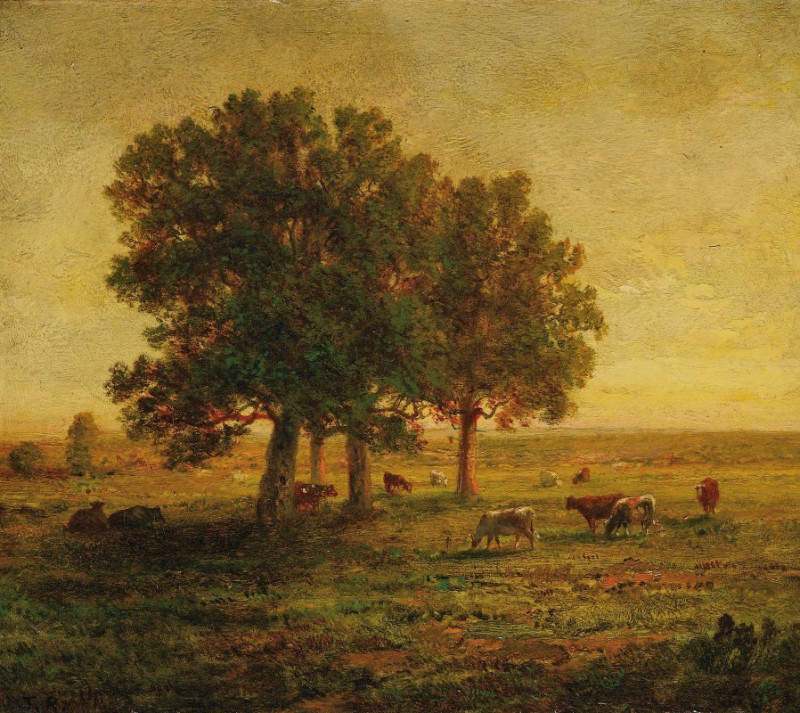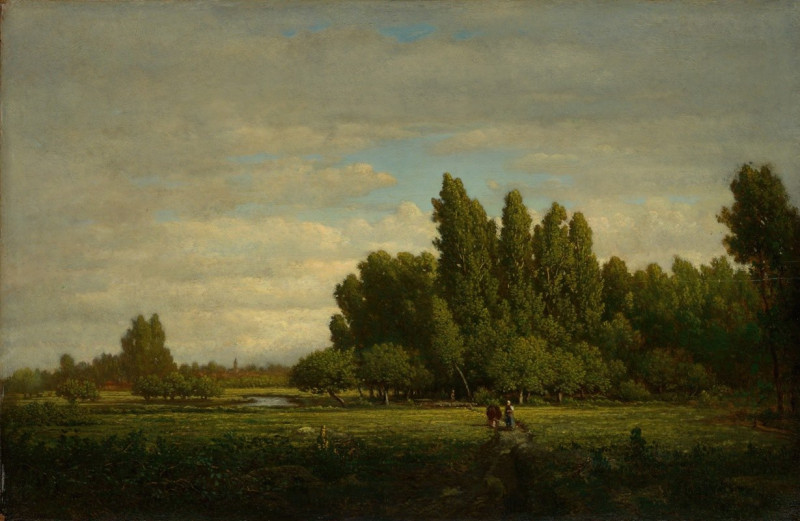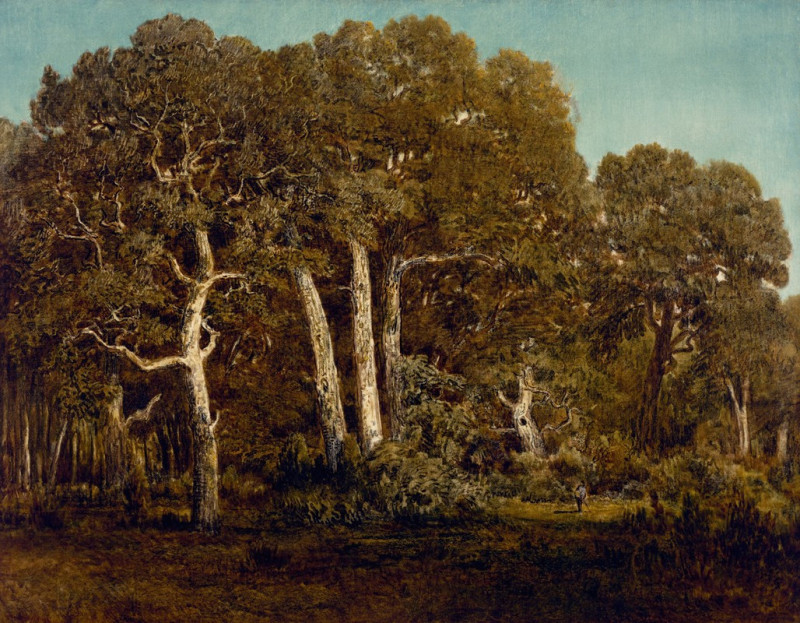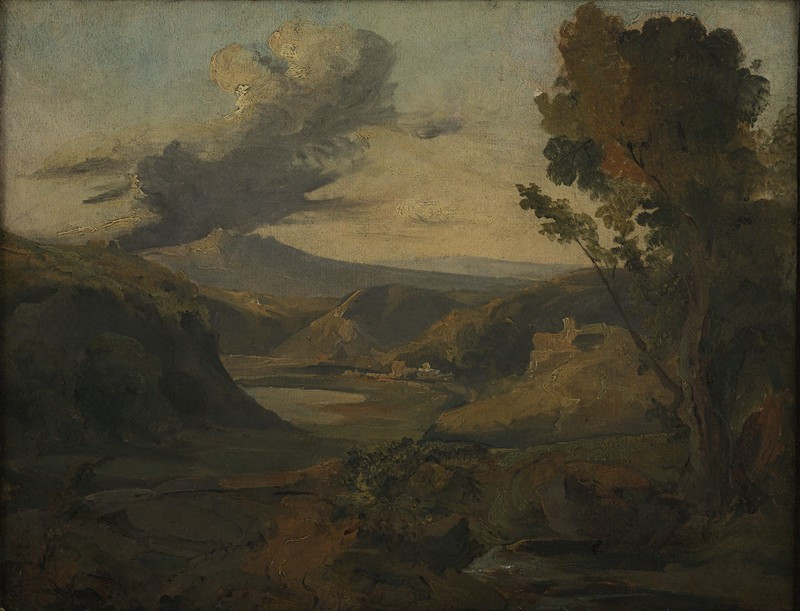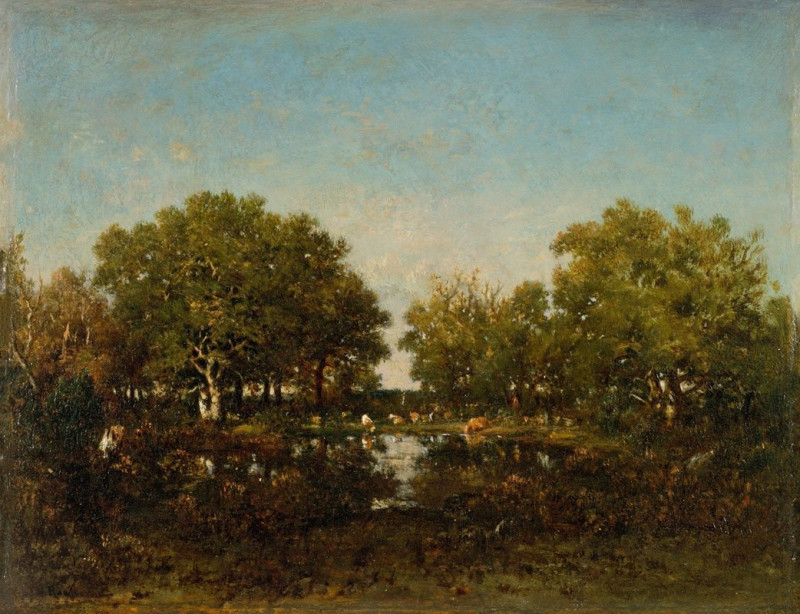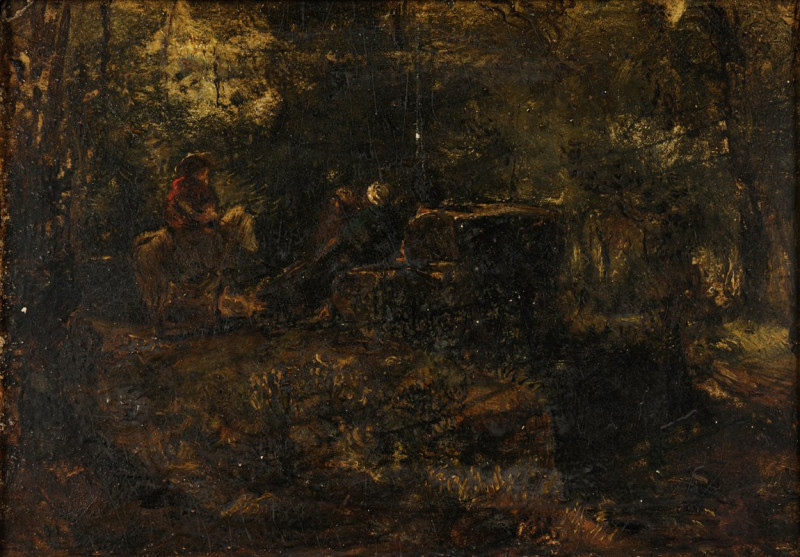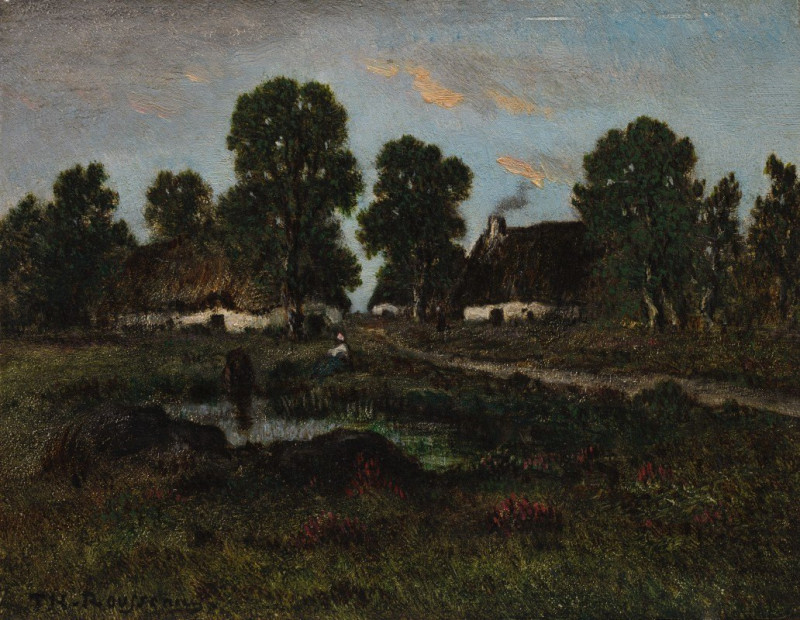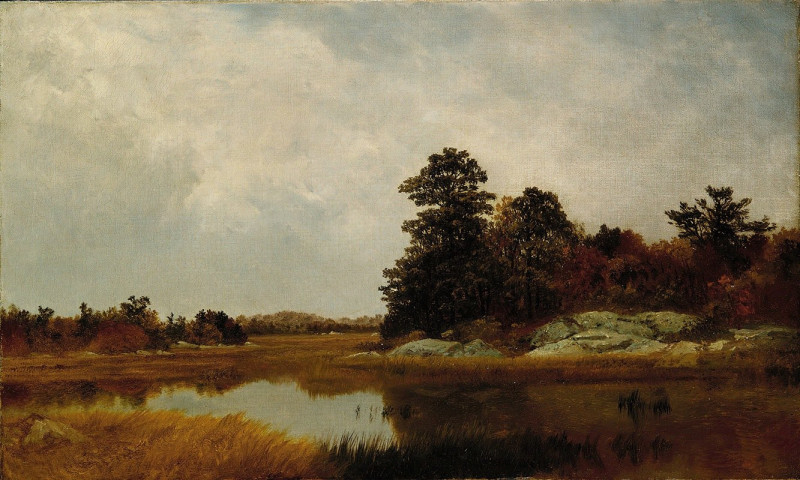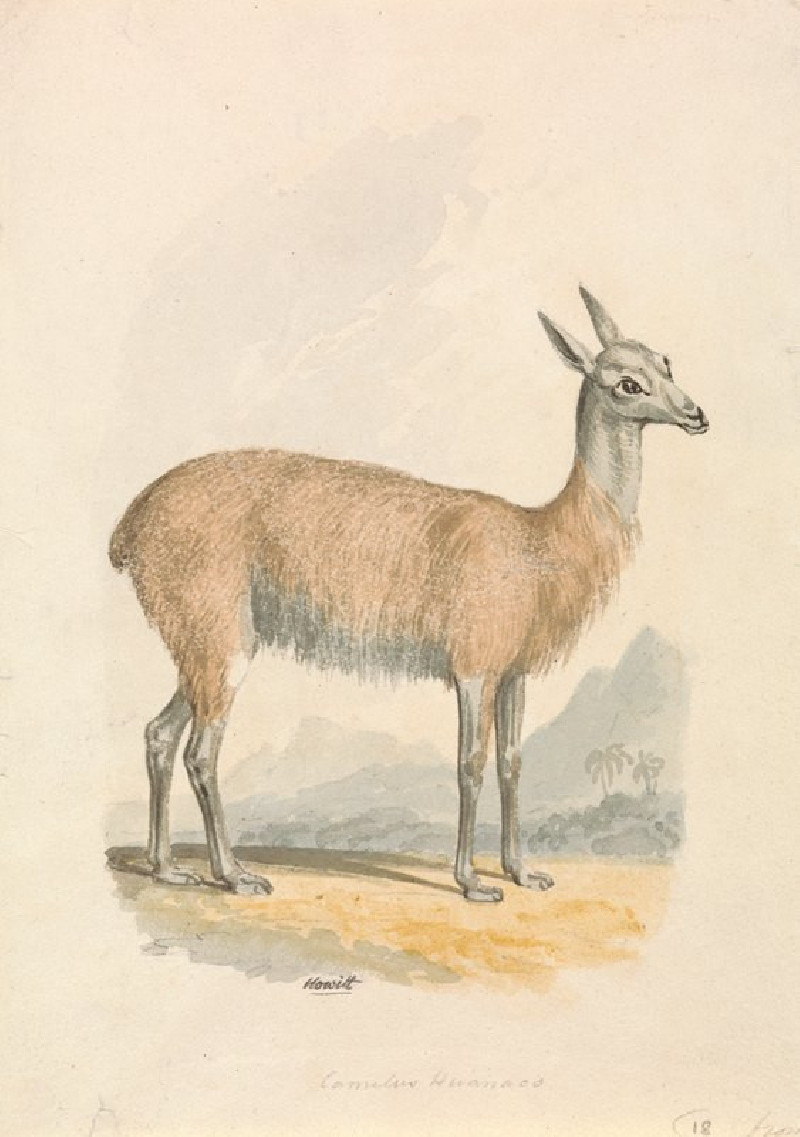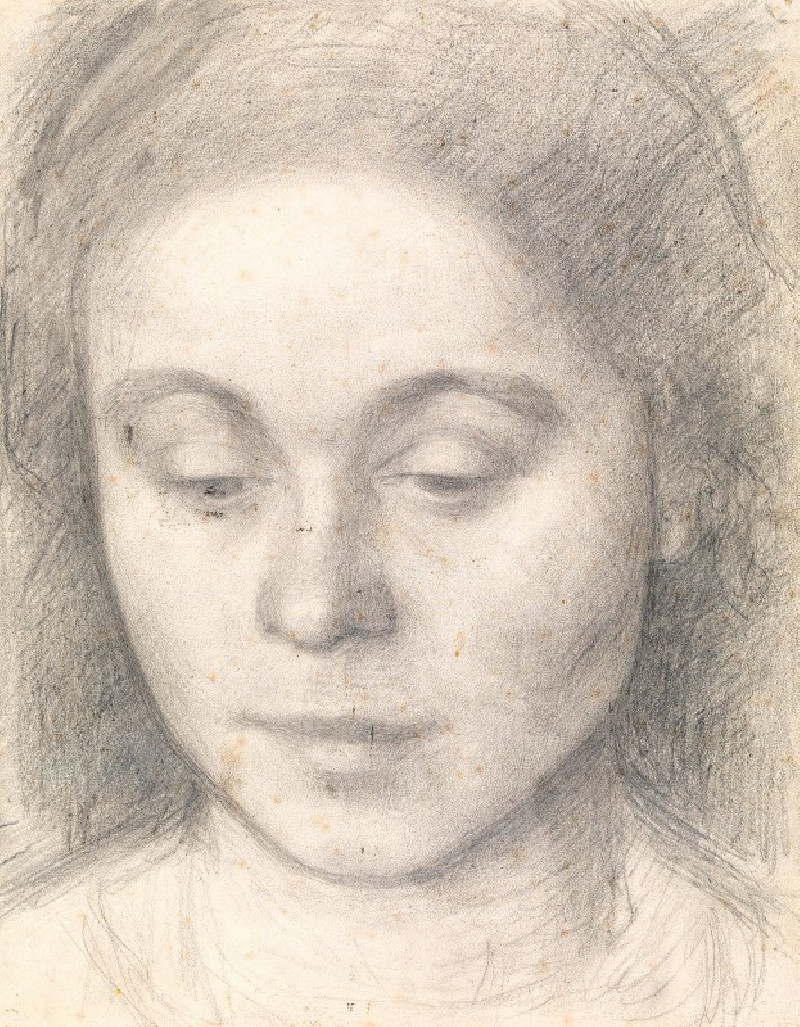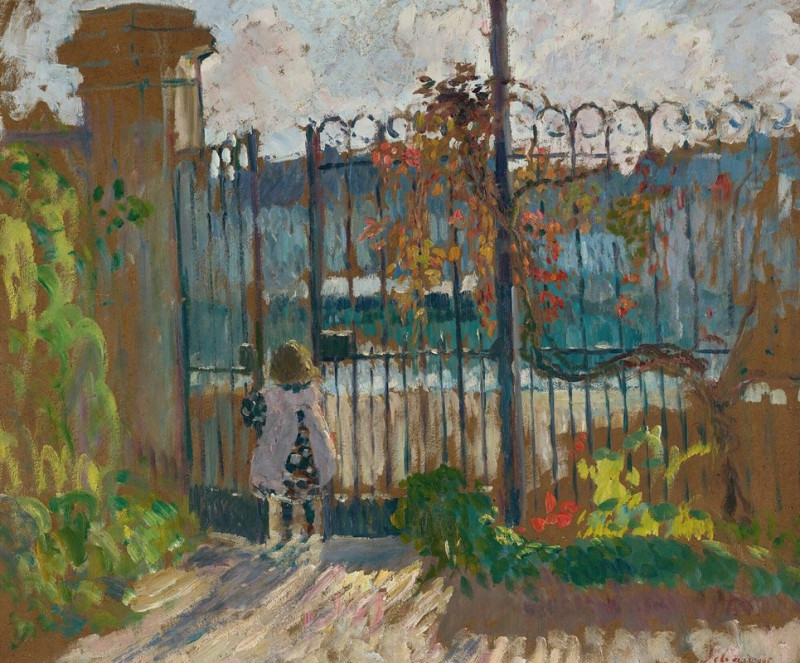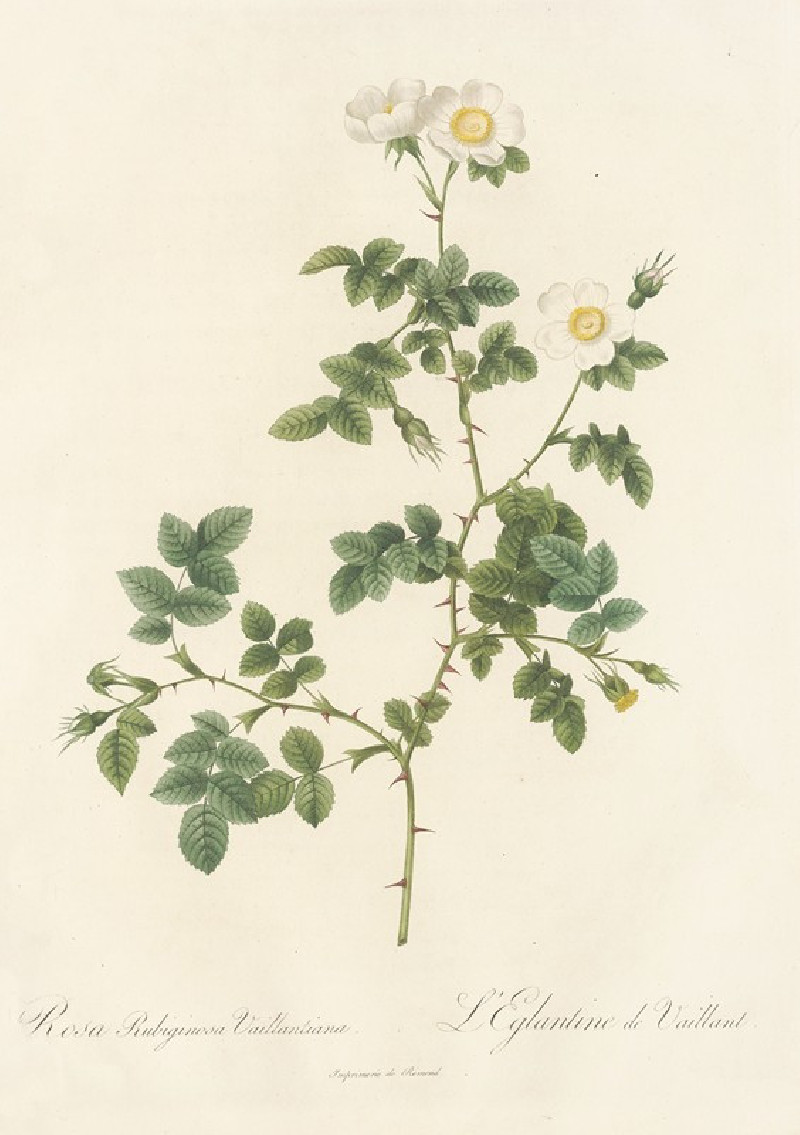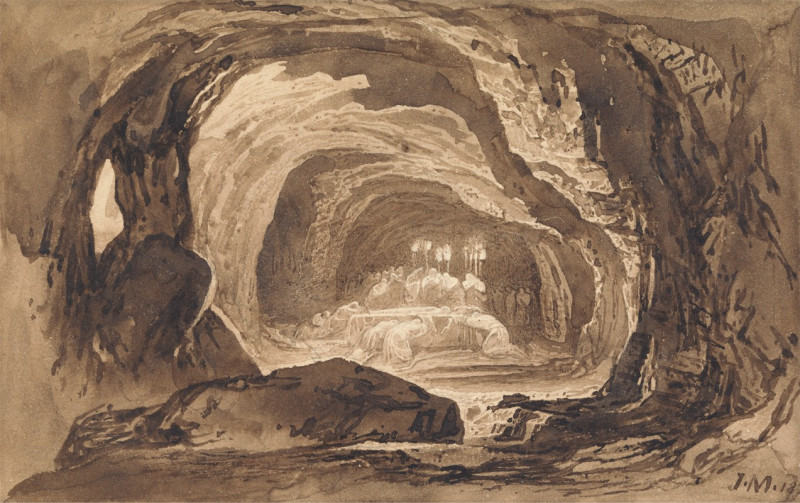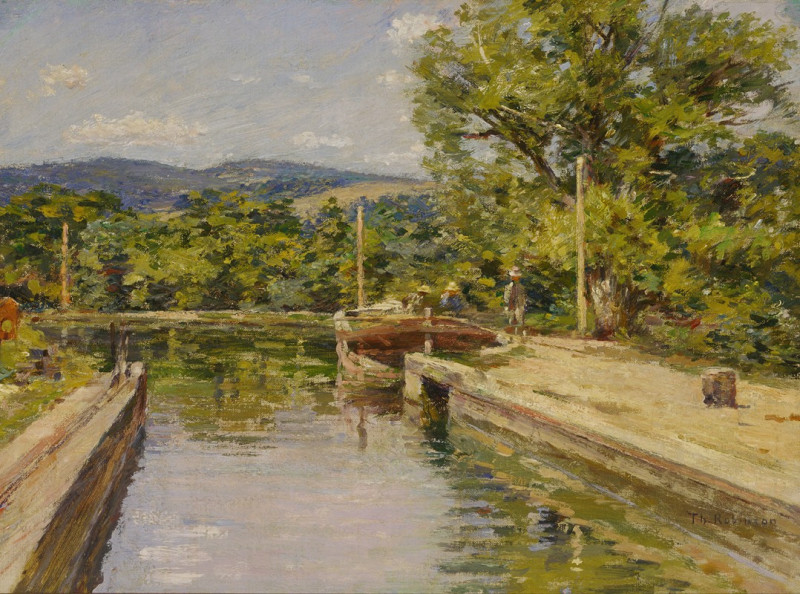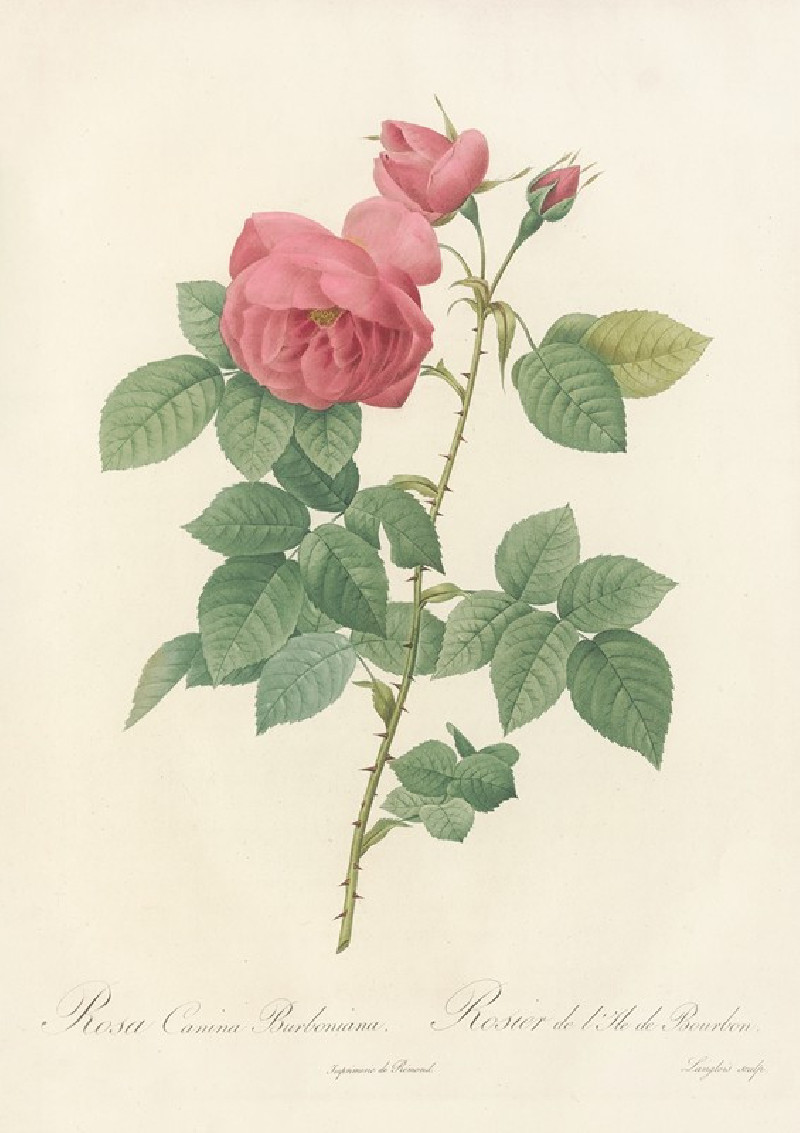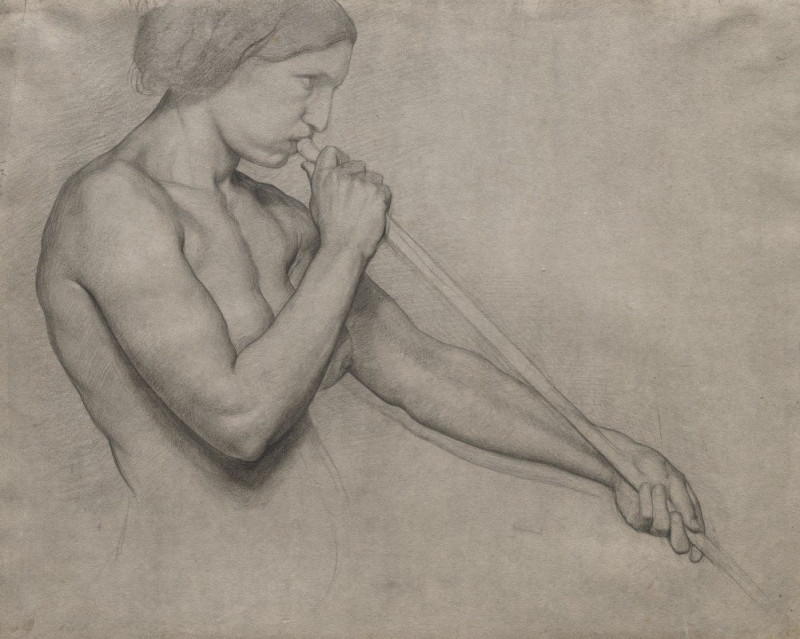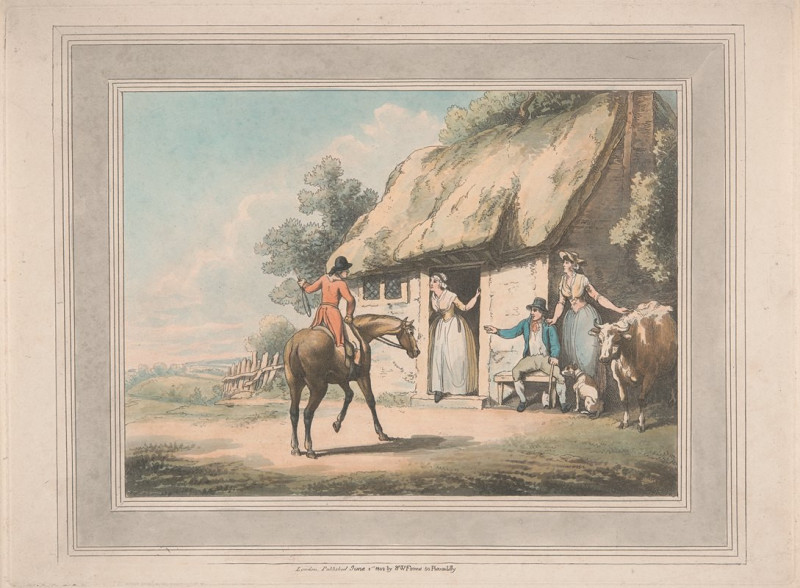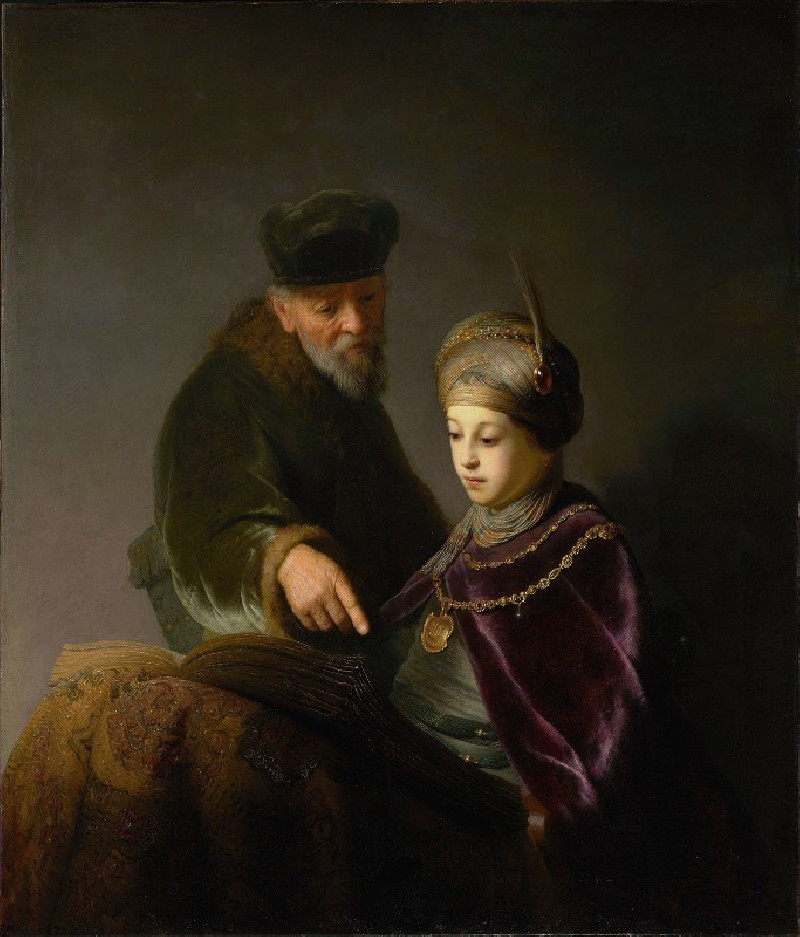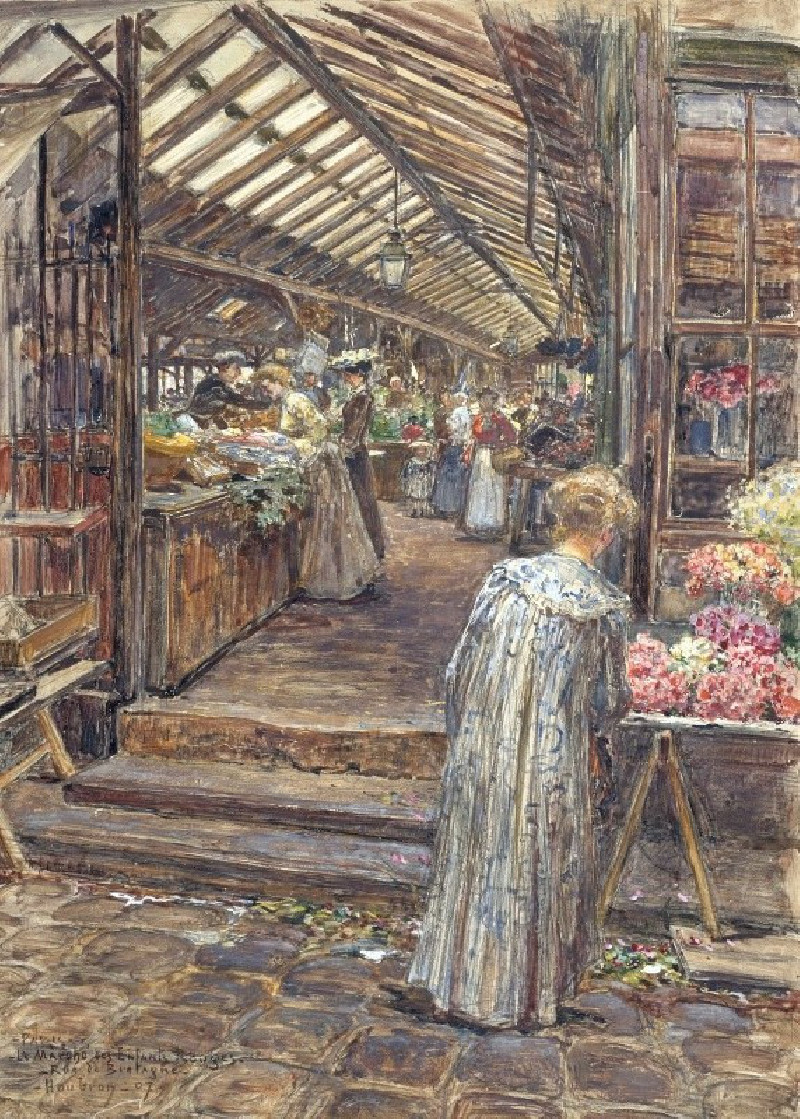Autumn at St. Jean de Paris, Forest of Fontainebleau (1846)
Technique: Giclée quality print
Recommended by our customers
More about this artwork
"Autumn at St. Jean de Paris, Forest of Fontainebleau" (1846) by Théodore Rousseau is a captivating exploration of nature's serene beauty and the subtle interplay of light. In this remarkable painting, Rousseau captures the essence of autumn in the Forest of Fontainebleau, a favorite locale for the Barbizon school artists, known for their realistic landscape portrayals and Rousseau's precise attention to natural detail.The composition of the painting presents a rugged yet tranquil forest scene bathed in the warm, muted tones of fall. Dominated by robust trees with richly hued leaves in varying shades of amber, russet, and gold, the landscape is both inviting and introspective. Sparse sunlight filters through the branches, casting soft glimmers on the forest floor and accentuating the depth of the forest with pockets of light and shadow.At the heart of the scene, amidst the dense foliage, is a solitary figure, possibly a hiker or a local villager, who is almost engulfed by the natural world surrounding him. This inclusion adds a human element to the painting, emphasizing the scale of nature and the intimate connection between humans and their environment. The presence of rocks and undergrowth demonstrates Rousseau's skill in rendering textural details, which enhances the overall realism of the work."Autumn at St. Jean de Paris, Forest of Fontainebleau" is not only a testament to Théodore Rousseau's mastery of landscape painting but also a thoughtful reflection on the tranquility and fleeting beauty of autumn.
Delivery
Returns
Étienne Pierre Théodore Rousseau was a French painter of the Barbizon school.
He was born in Paris, France in a bourgeois family. At first he received a basic level of training, but soon displayed aptitude for painting. Although his father regretted the decision at first, he became reconciled to his son forsaking business, and throughout the artist's career (for he survived his son) was a sympathizer with him in all his conflicts with the Paris Salon authorities.

